Introduction to Nail Dust in Nail Art
When it comes to creating stunning nails, the beauty industry has made incredible strides in tools and techniques. But there’s one often-overlooked byproduct of nail work – nail dust. Whether you’re shaping acrylics, filing gel, or removing enhancements, the process releases fine particles into the air. This dust, which includes acrylic, keratin, and even chemical residues, can settle in the lungs, irritate the eyes, and pollute your workspace.

In busy salons or even home nail setups, unchecked dust accumulation not only looks unprofessional—it can be a health hazard. Understanding how to control it begins with recognizing its source and effectively eliminating it using tools like the nail dust collector.
Why Every Nail Artist Needs a Nail Dust Collector
Health Risks from Dust Exposure
Prolonged exposure to nail dust can lead to serious issues, including asthma, sinus infections, skin irritation, and eye discomfort. It’s not just unpleasant—it’s dangerous.
Keeping Your Space Clean
Without a dust collector for nails, residue from filings ends up on your tools, your client’s hands, and surrounding surfaces. This not only looks unclean but could compromise hygiene and safety standards.
Boosting Professional Appeal
A well-maintained, dust-free space tells your clients that you take their health and comfort seriously. It’s one of the simplest ways to elevate your professional image.
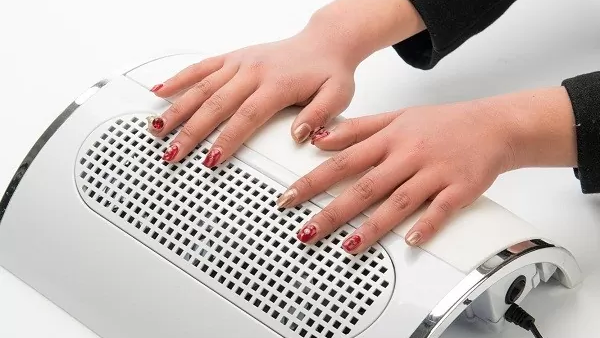
How a Nail Dust Collector Works
Nail dust collectors operate using a suction fan that draws in airborne dust as you file or shape nails. The internal filter system—often a HEPA filter—traps these particles and prevents them from recirculating in the air.
Once filtered, the clean air is pushed out, and the dust is collected in a tray or filter bag for easy disposal. This process is seamless, quiet, and extremely efficient with the right model.
Common Types of Nail Dust Collectors
Nail Vacuum Systems
These are the most powerful options, ideal for professional salons with high client turnover. They come with high CFM ratings and often use multi-stage filtration.
Dust Fans
These are more compact and affordable but may not offer the same level of suction. Best suited for light-duty or home use.
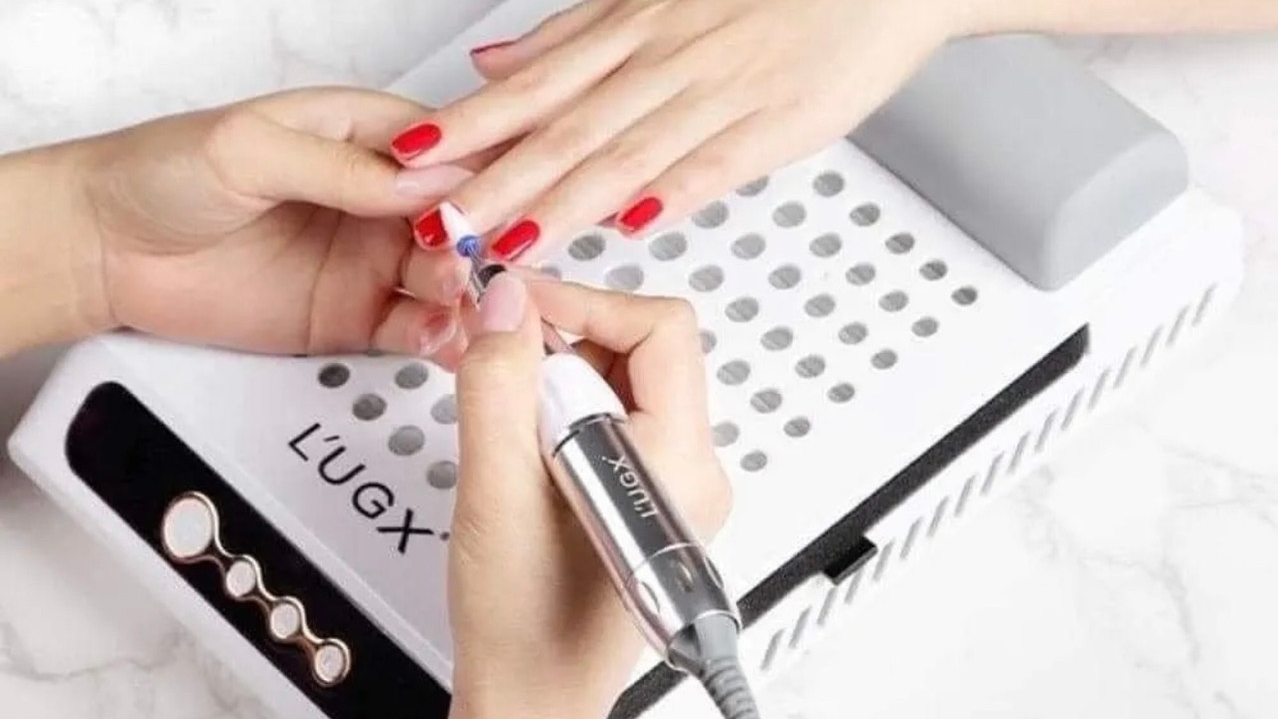
HEPA Filter Models
Designed to capture ultra-fine particles, HEPA systems offer top-tier filtration. They’re the safest choice for technicians with dust sensitivities.
Built-in Desk Units
These sleek units are installed into the work desk and save space while providing continuous suction. Great for a minimalist, professional setup.
Key Features to Consider When Buying
| Feature | Why It Matters |
|---|---|
| Suction Power | Ensures all dust is effectively collected before dispersing into the air |
| Filter Quality | Determines how fine the particles the collector can trap |
| Noise Level | Low-noise models are better for client comfort and long working hours |
| Ease of Cleaning | Reusable or easy-to-change filters reduce maintenance time |
| Portability | Especially important for mobile nail techs or at-home setups |
| Budget | Prices vary widely; balance features with cost |
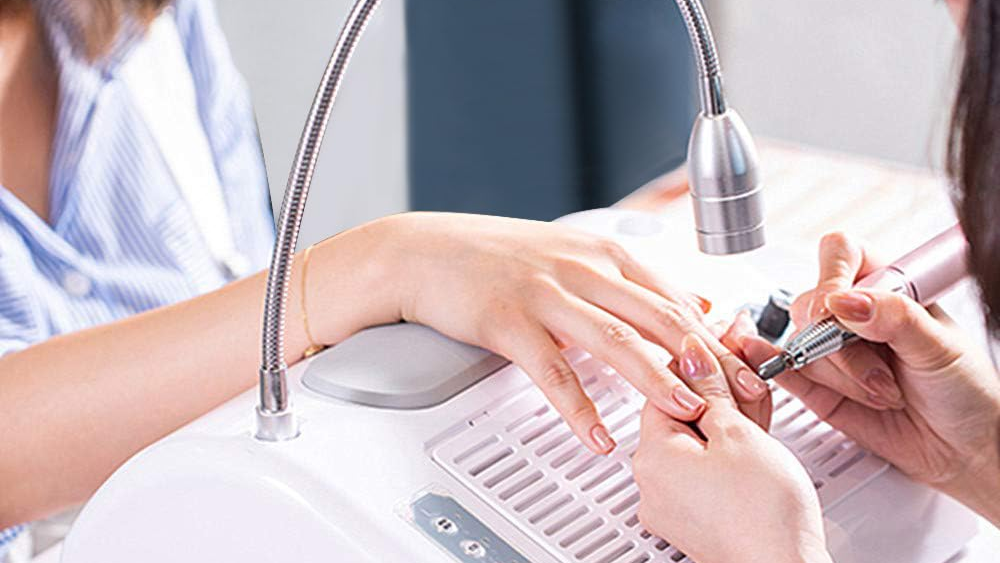
Comparison: Nail Dust Collector vs. Dust Extractor
Many people confuse nail dust collectors with dust extractors, but there are notable differences that impact their suitability for different environments.
Functional Differences
| Feature | Nail Dust Collector | Dust Extractor |
|---|---|---|
| Purpose | Specifically for fine nail dust | General dust, including woodworking and industrial particles |
| Size | Compact, desk-friendly | Larger, industrial or commercial sizes |
| Filtration | Often includes HEPA filters for fine particle capture | May use different filtration systems depending on model |
| Noise Level | Designed for quieter operation | Often louder due to heavy-duty motors |
| Use Case | Nail salons, mobile techs, home users | Factories, carpentry shops, heavy-duty use |
Efficiency & Design
Nail dust collectors are purpose-built to fit seamlessly into a nail salon environment. They are quiet, sleek, and focused on capturing very fine particles from close proximity. Dust extractors, while more powerful, are bulky and not designed for precision nail work.
Bottom line? If you’re in the nail industry, a nail dust collector is designed specifically for your needs.
Benefits of Using a Nail Vacuum
A nail vacuum is essentially a type of nail dust collector with a stronger suction system. Here’s how it adds value to your nail services:
Improves Air Quality
By capturing airborne particles immediately, it keeps your air cleaner and reduces the chance of allergies or long-term lung issues.
Protects Clients and Technicians
Clients appreciate a hygienic setting, and nail technicians benefit from reduced exposure to harmful particulates.
Boosts Comfort and Focus
A clean, dust-free station allows you to focus on your technique without interruption, improving your workflow and client satisfaction.
Top 5 Nail Dust Collectors in 2025 (Mini Reviews)
MelodySusie Dust Collector
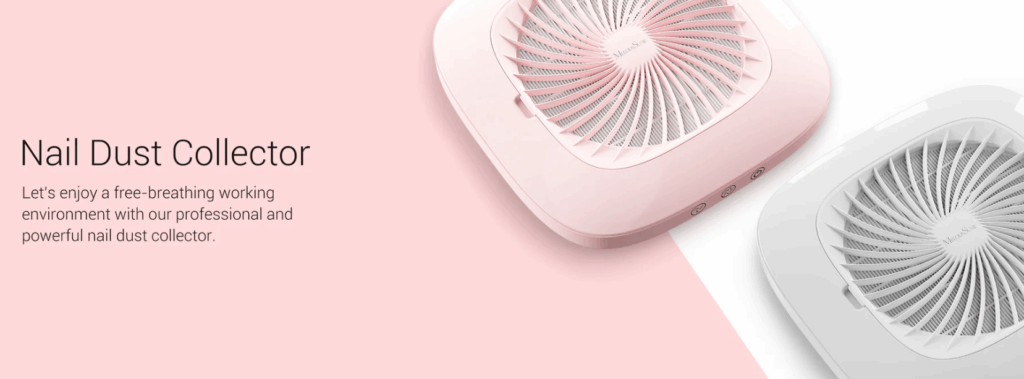
- Suction Power: 60W, dual motor
- Filter: HEPA reusable
- Price: ~$79.99
- Pros: Very quiet, ergonomic wrist rest, excellent filtration
- Cons: Slightly bulky for small tables
Makartt Nail Dust Collector
- Suction Power: 60W
- Filter: Reusable dual-layer
- Price: ~$49.99
- Pros: Affordable, decent suction
- Cons: Not ideal for heavy-duty use
SheMax Pro Dust Collector
- Suction Power: Dual turbine fans
- Filter: Magnetic HEPA filter
- Price: ~$160
- Pros: Sleek design, excellent power
- Cons: Premium pricing
ANGNYA Portable Collector
- Suction Power: 40W
- Filter: Washable fine-mesh filter
- Price: ~$29.99
- Pros: Lightweight, portable
- Cons: Louder than competitors
LuminologyPro Nail Collector
- Suction Power: Adjustable up to 600Pa
- Filter: Eco-friendly reusable
- Price: ~$20.99
- Pros: Budget-friendly, quiet
- Cons: Not ideal for high-volume salons
Tips for Maintaining Your Dust Collector
To keep your device performing at its best, follow these maintenance tips:
Daily Tasks
- Empty and clean the filter or dust tray after every session.
- Wipe down the outer casing to remove surface dust.
Weekly Routine
- Check for filter blockages.
- Sanitize reusable filters with warm water and mild soap, if applicable.
Monthly Maintenance
- Inspect the suction fan for buildup or wear.
- Replace filters if disposable.
Keeping your machine clean ensures consistent performance and extends its life.
Best Dust Collector Setup for Home Use
For at-home nail artists, compact and quiet devices work best.
Recommended Features for Home Use:
- Low-noise operation
- HEPA filters for clean air
- Compact, easy-to-store design
- Affordable pricing under $60
One of the best models for home users is the Makartt Dust Collector, thanks to its portability and price point.
Nail Desk with Built-in Dust Collector: Pros & Cons
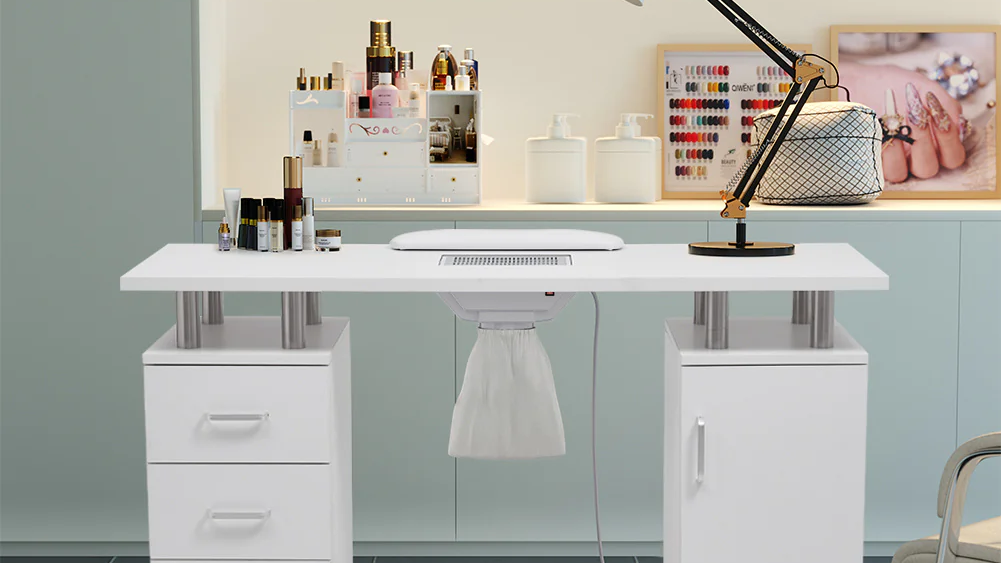
Pros:
- Streamlined look with no loose devices
- Strong suction from direct desk proximity
- Saves space in tight setups
Cons:
- Costly to install
- Harder to replace or upgrade
- Limited mobility
Verdict: Best for high-end salons or permanent setups.
Portable Nail Dust Collectors: A Growing Trend
As more techs work from home or visit clients, portable nail dust collectors have become essential.
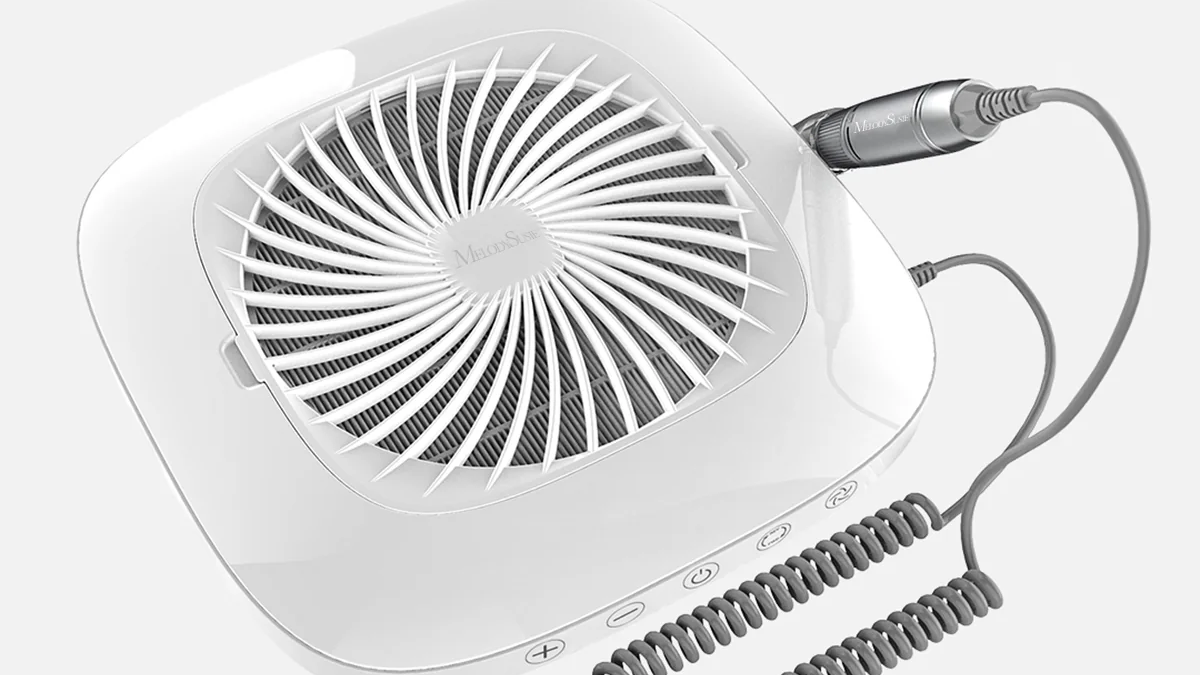
Top Portable Features:
- Lightweight design
- USB charging or battery-powered
- Quiet motor
ANGNYA’s Portable Collector stands out in 2025 for its balance of power and size.
Salon vs. Home Use: Which Collector to Choose?
| Criteria | Salon Use | Home Use |
|---|---|---|
| Suction Power | High (60W+) | Medium (40W–60W) |
| Size | Larger footprint okay | Compact preferred |
| Noise Level | Should be low for multiple clients | Quiet for shared living spaces |
| Budget | $100+ investment | $30–$70 ideal range |
Choose based on usage frequency and performance needs.
Do Nail Salons Legally Require Dust Collectors?
While regulations vary, many health boards recommend or mandate air filtration systems to meet sanitation codes. Even when not legally required, having a dust extractor or collector helps you stay compliant with OSHA and health standards.
Common Mistakes to Avoid When Buying One
- Choosing by price alone: Cheap models may lack adequate power or filtration.
- Ignoring noise levels: Loud machines can annoy clients and staff.
- Not checking filter specs: A collector is only as good as its filtration system.
- Overlooking maintenance needs: Complicated filter systems may be hard to clean.
FAQs About Nail Dust Collectors
-
Do all dust collectors come with HEPA filters?
No. Always check the specifications—some use standard mesh filters.
-
Can I use a regular vacuum instead?
No. Regular vacuums are not designed to handle fine dust particles and can blow them back into the air.
-
How often should I replace my filter?
Every 2–4 weeks, depending on usage and manufacturer guidelines.
-
Are rechargeable models good?
Yes, for light-duty or mobile use. Not ideal for salon-level demand.
-
Can a dust collector reduce smell too?
Some models help, but they are mainly for particle capture, not fumes.
-
Where should I place the dust collector?
Directly under the filing hand, as close to the nail bed as possible.
Conclusion
Whether you’re a seasoned nail technician or just starting your journey, investing in a nail dust collector isn’t just a luxury—it’s a necessity. It protects your health, maintains cleanliness, and enhances client trust.

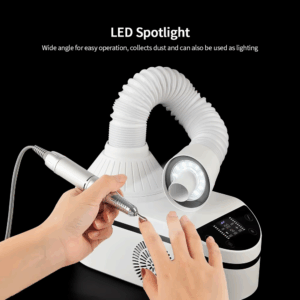
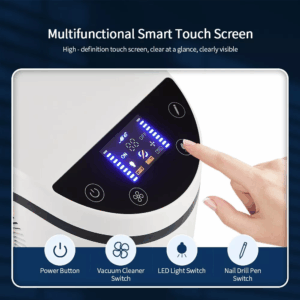
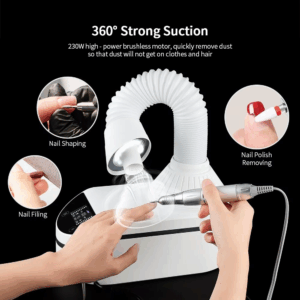
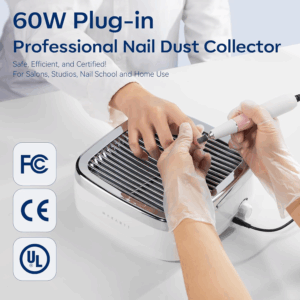
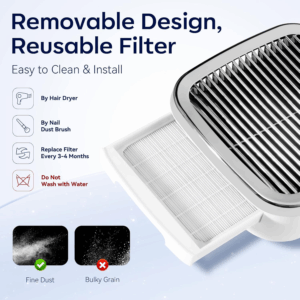
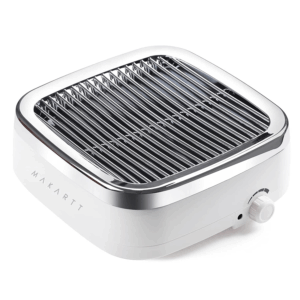
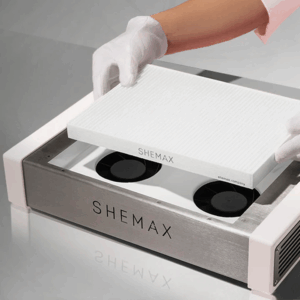
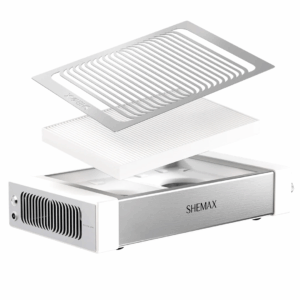
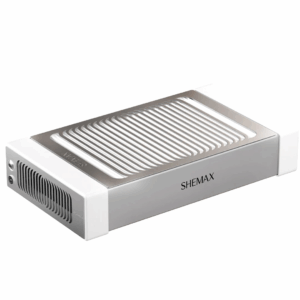
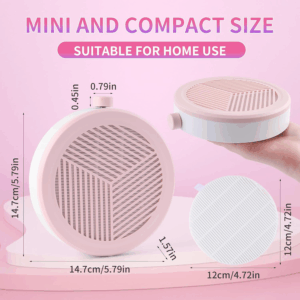
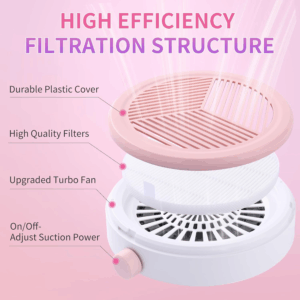
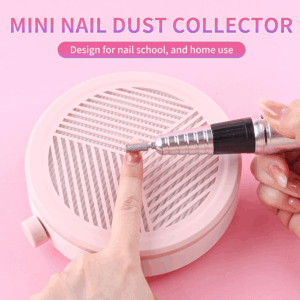

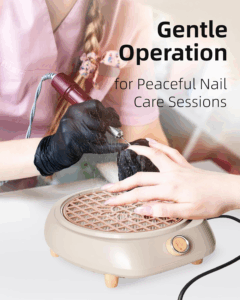
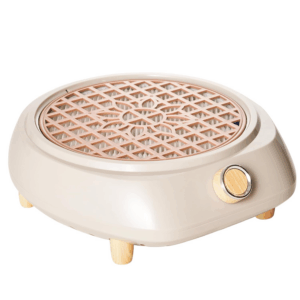




1 Comment
[…] press-ons are custom-designed and often hand-painted by nail artists. They […]